Why kānuka is finally getting the spotlight
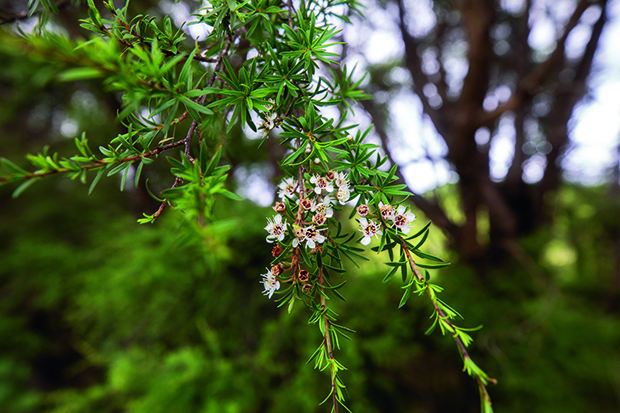
A new study on eczema treatment has started a conversation about the potential value of kānuka on private land.
Words: Michael Andrew
Often overshadowed by its trendier, honey-making cousin, mānuka, kānuka (Kunzea ericoides) is finally getting its day in the sun following the results of a “groundbreaking” clinical trial on the tree’s eczema-treating properties. Published in The Lancet’s eClinicalMedicine journal, the study found eczema patients treated with emollient cream containing kānuka oil showed a greater reduction in their symptoms than those treated with the cream alone. It involved a single blind randomised vehicle-controlled trial with data collected from 80 study participants across New Zealand, and was led by Medical Research Institute of New Zealand in partnership with Hikurangi Bioactives and TRG Natural Pharmaceuticals.
Like mānuka, kānuka oil has antibacterial and antimicrobial properties and been used for centuries as part of Rongoā Māori treatments. TRG Natural Pharmaceuticals director Dr Shaun Holt says the traditional uses of the tree have stood the test of time and have now been validated by a major study, which may lead to the supply of new products in New Zealand and around the world.
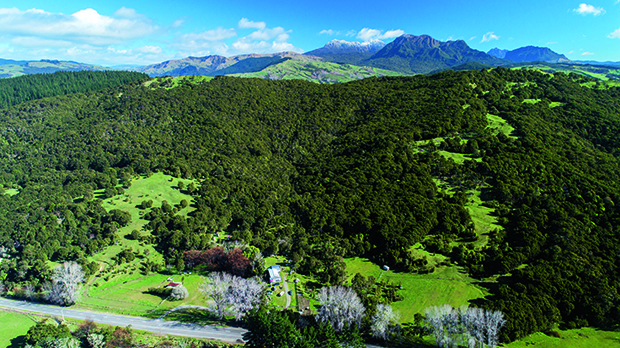
Kānuka stands in Tairāwhiti/Gisborne.
While kānuka is currently used in honey production, the study could lead to the development of a new harvesting and extraction industry, according to Gisborne-based Hikurangi Bioactives co-founder Manu Caddie. “The success of this trial using kānuka oil to treat eczema is hugely exciting and could now lead to a sustainable and profitable industry for the Tairāwhiti region, providing new jobs for local people.”
The oil is typically extracted from the new leaves of young plants that are short enough to be harvested by hand. While Manu says there’s an extraction facility in Ōpōtiki which he’s working with, the ideal outcome would be to have a mobile extraction facility that can travel to where the best kānuka is and simplify the logistics.
“Much of the kānuka in Tairāwhiti is quite mature, over five metres tall, which makes it hard to harvest. So we may also be looking elsewhere throughout the country for kānuka and may be engaging private landowners, including lifestyle block owners, who are reforesting their properties for example.”
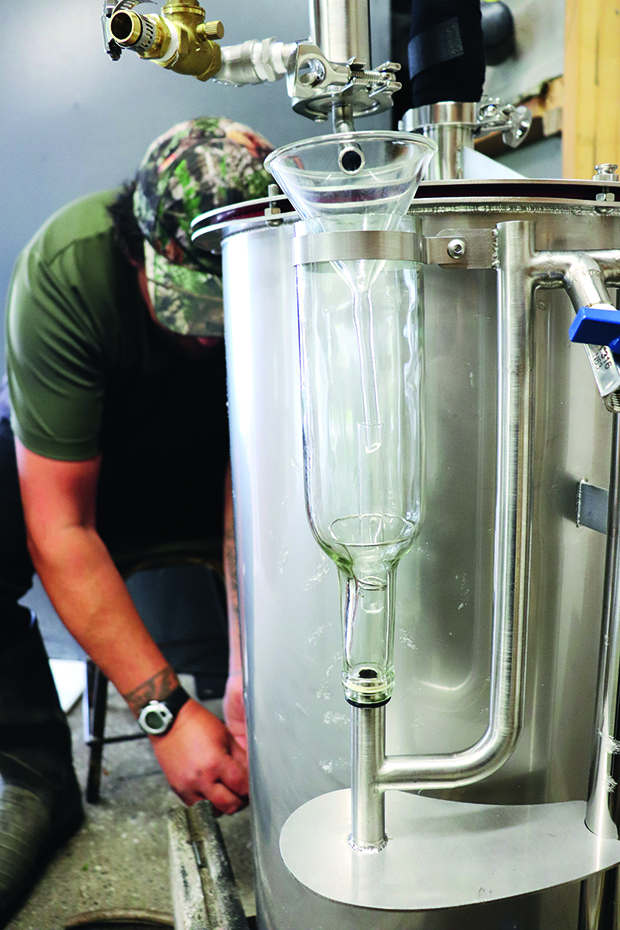
Kānuka leaf going through the oil extraction process.
Because kānuka has always lacked the prestige of mānuka and is used for little else other than honey, there’s plenty of time to develop the industry without the pressure of competition, Manu says. “Kānuka has always been the poor cousin of mānuka. That’s why they call honey made from kānuka ‘bush honey’. But that means we can take our time and gradually get this off the ground.”
He says the important thing is to keep the management of any new industry in Māori hands, as kaitiaki of a taonga species.
KĀNUKA VS MĀNUKA
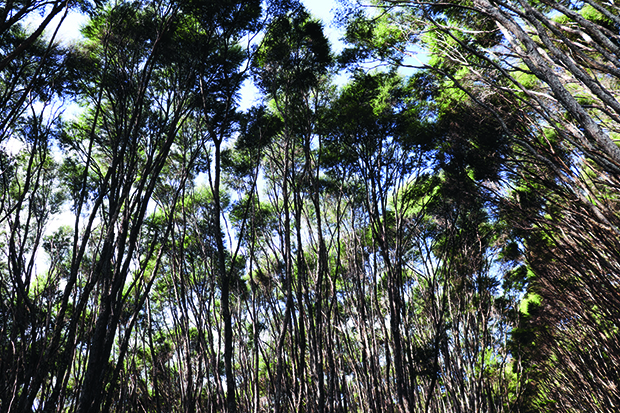
Although visually similar to mānuka (Leptospermum scoparium), kānuka is an entirely different plant with a distinct set of genetics. While mānuka typically grows up to 10 metres tall, kānuka can grow three times as high. The trunk and branches have long strips of bark, rather than the short, flaky brown bark typical of mānuka. An easy way to identify young plants is to touch the leaves: kānuka leaves lack the sharp tip of mānuka and are far softer.
The solitary white flowers occur in clusters in spring and summer, making it look like the tree is covered in snow.
Kānuka is common throughout the North Island and parts of South Island from sea level to 1800 metres.It grows well except in water-logged soils, and is tolerant of wind, drought and frost. Typically found on forest margins and regrowth forests, kānuka are natural nurse trees, providing shade to slower-growing plants. While they can live for over a century, they cannot regenerate in their own shade so are eventually replaced by other shade-tolerant species.
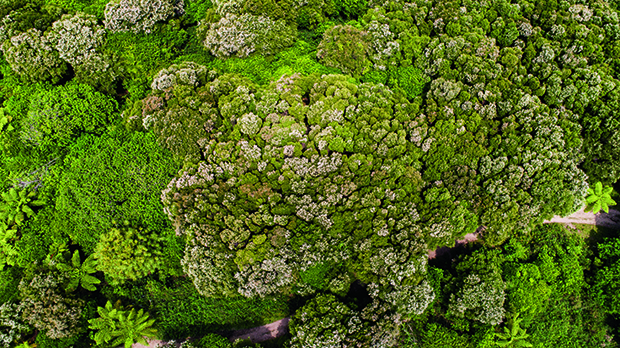
Māori used kānuka for a wide range of activities. It produces a strong, hard timber that was used to make agricultural implements and weapons including taiaha, tewhatewha (club) and koikoi (a double pointed spear). European settlers regarded it as an invasive species that scuppered their efforts to clear land for pasture. However, they used the timber for wharf piles, tool handles, wheel spokes and fencing materials.
Captain Cook and early settlers called both kānuka and mānuka “tea tree” because they used the green leaves to make a substitute for tea. They also brewed twigs from this plant with rimu to make beer.
While mānuka has a global reputation for producing premium honey, some scientists claim kānuka has a greater level of UMF – the Unique Manuka Factor that gives the honey its health benefits.
Source: doc.govt.nz
Love this story? Subscribe now!
 This article first appeared in NZ Lifestyle Block Magazine.
This article first appeared in NZ Lifestyle Block Magazine.
